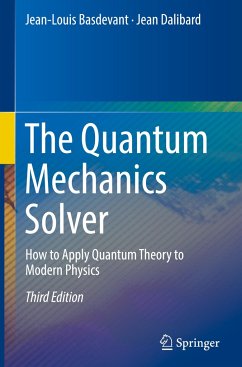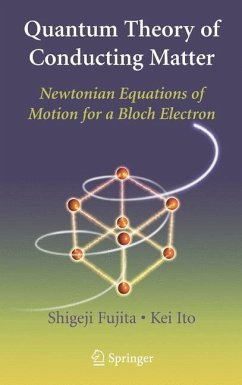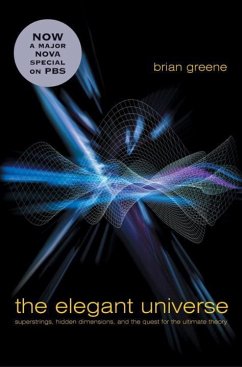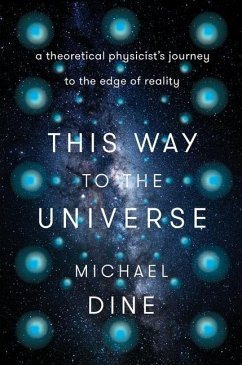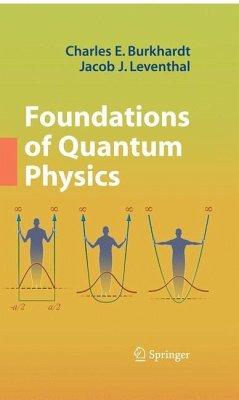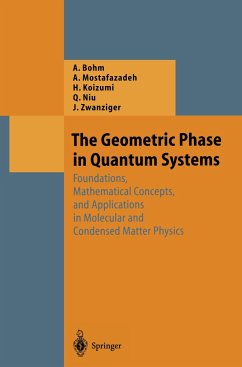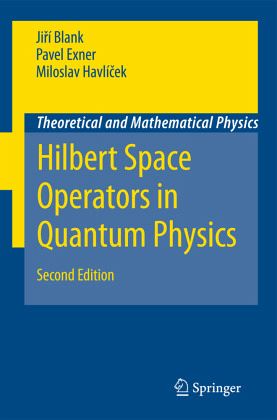
Hilbert Space Operators in Quantum Physics
Versandkostenfrei!
Versandfertig in 6-10 Tagen
107,99 €
inkl. MwSt.
Weitere Ausgaben:

PAYBACK Punkte
54 °P sammeln!
The second edition of this course-tested book provides a detailed and in-depth discussion of the foundations of quantum theory as well as its applications to various systems. The exposition is self-contained; in the first part the reader finds the mathematical background in chapters about functional analysis, operators on Hilbert spaces and their spectral theory, as well as operator sets and algebras. This material is used in the second part to a systematic explanation of the foundations, in particular, states and observables, properties of canonical variables, time evolution, symmetries and v...
The second edition of this course-tested book provides a detailed and in-depth discussion of the foundations of quantum theory as well as its applications to various systems. The exposition is self-contained; in the first part the reader finds the mathematical background in chapters about functional analysis, operators on Hilbert spaces and their spectral theory, as well as operator sets and algebras. This material is used in the second part to a systematic explanation of the foundations, in particular, states and observables, properties of canonical variables, time evolution, symmetries and various axiomatic approaches. In the third part, specific physical systems and situations are discussed. Two chapters analyze Schrödinger operators and scattering, two others added in the second edition are devoted to new important topics, quantum waveguides and quantum graphs.
Some praise for the previous edition:
"I really enjoyed reading this work. It is very well written, by three real experts in the field. It stands quite alone...." John R. Taylor, Professor of Physics and Presidential Teaching Scholar, University of Colorado at Boulder
Some praise for the previous edition:
"I really enjoyed reading this work. It is very well written, by three real experts in the field. It stands quite alone...." John R. Taylor, Professor of Physics and Presidential Teaching Scholar, University of Colorado at Boulder







